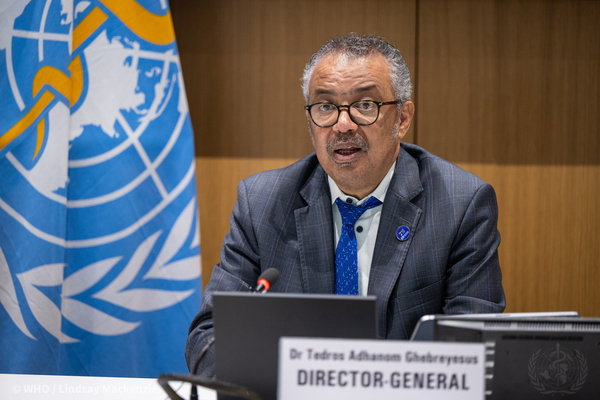The battle against COVID-19 taught us about resilience, but new health threats are emerging globally. Among them, the Marburg virus, Mpox (formerly monkeypox), and Oropouche virus have gained prominence, affecting at least 17 countries. Each presents a unique threat, but collectively, they demand heightened global vigilance.
What Is the Marburg Virus?
Marburg virus, often referred to as the “Bleeding Eye Virus,” has instilled fear worldwide. Its gruesome symptoms include hemorrhaging from various orifices, excruciating pain, and a mortality rate of 50%. Already, the virus has claimed lives in Rwanda and infected hundreds. With no vaccines or treatments currently available, Marburg spreads through close contact with bodily fluids or contaminated surfaces.
Signs and Symptoms of Marburg Virus
- Sudden onset of fever, headaches, and fatigue
- Severe abdominal cramps, nausea, and vomiting
- Internal bleeding by Day 5, with visible hemorrhaging from the nose, gums, and eyes
Marburg’s rapid progression makes it one of the deadliest pathogens, threatening nations already struggling with healthcare crises.
The Rising Threat of Mpox
Mpox, initially confined to a few Central African countries, has surged across six WHO regions. The virus is now infecting broader populations, including families and communities. WHO considers Mpox a public health emergency due to its rising cases and geographical spread.
Mpox Transmission and Symptoms
Mpox spreads through close physical contact, especially in households. Initial symptoms appear 21 days after exposure and include:
- Blister-like rashes on the face, hands, feet, and genital areas
- Fever, joint pain, and swollen lymph nodes
- Severe fatigue and muscle aches
Despite vaccination efforts, delayed testing, inadequate education, and vaccine hesitancy hinder containment. Vulnerable groups like children and immunocompromised individuals remain at higher risk of severe infection.
Oropouche Virus: A Lesser-Known but Emerging Threat
Unlike Marburg and Mpox, Oropouche virus is spread through midge bites, mainly in South America and parts of the Caribbean. Over 10,000 cases were reported this year across Brazil, Bolivia, and other nations. The virus causes fever, chills, and body pain, with no specific medication or vaccine available.
Symptoms of Oropouche Virus
- High fever and rash
- Joint and muscle pain
- Severe nausea and vomiting
Tourists traveling to affected areas should prioritize mosquito protection to prevent infection.
Global Efforts to Combat the Triple Threat
The World Health Organization (WHO) and Africa Centres for Disease Control (CDC) have initiated joint action plans to tackle these crises. Surveillance, equitable vaccine distribution, and international cooperation are key strategies. However, a significant funding gap exists, with only $40.6 million secured of the $87.4 million required for the Mpox response.
Key Recommendations by WHO
- Strengthen Surveillance: Local health departments must monitor outbreaks closely.
- Boost Vaccine Access: Prioritize equitable distribution in high-risk areas.
- Increase Public Awareness: Educate populations on symptoms and preventive measures.
- Enhance Predictive Modeling: Use data to anticipate and prepare for future outbreaks.
Preventive Measures for Travelers
If you’re traveling to affected regions, consider these precautions:
- Avoid close contact with individuals showing symptoms.
- Maintain hygiene by washing hands regularly and using sanitizers.
- Use protective clothing to minimize insect bites.
- Consult healthcare providers before departure for tailored advice.
The Importance of Vigilance
As the world grapples with these emerging threats, collective action is crucial. Early detection, international collaboration, and public awareness can mitigate the impact of these deadly pathogens. Whether it’s Marburg’s alarming fatality rate, Mpox’s spread across continents, or the lurking dangers of Oropouche, every measure counts in safeguarding global health.

